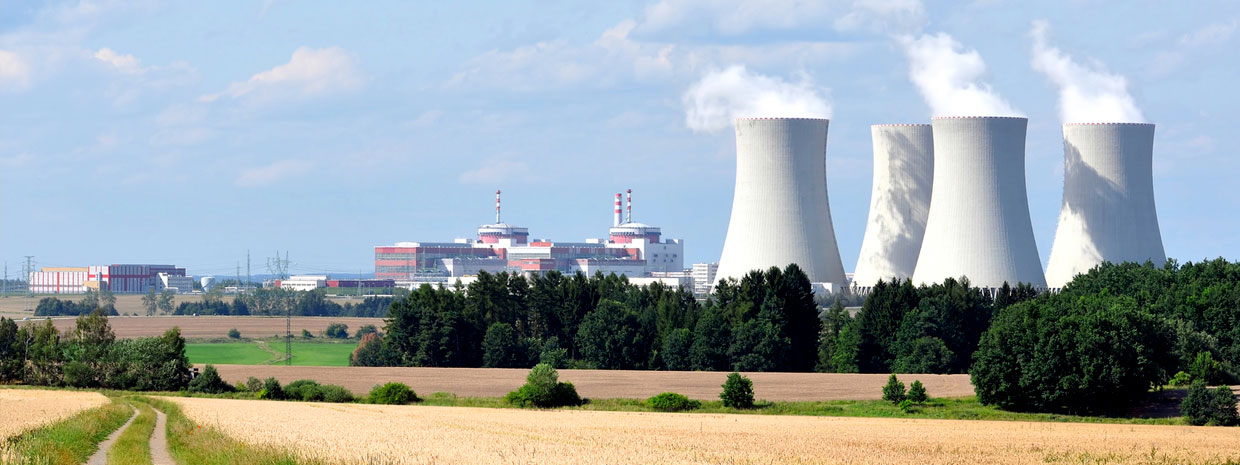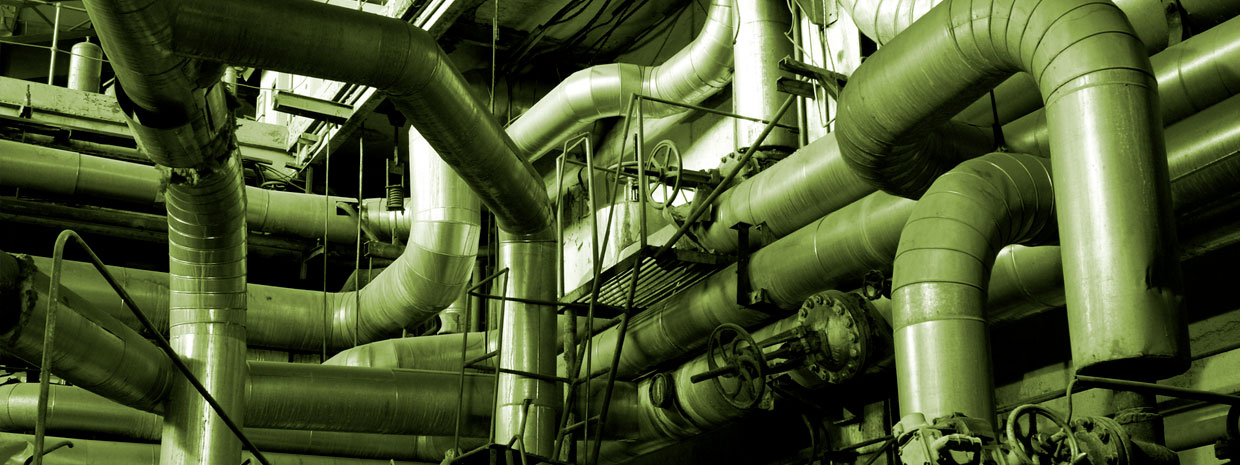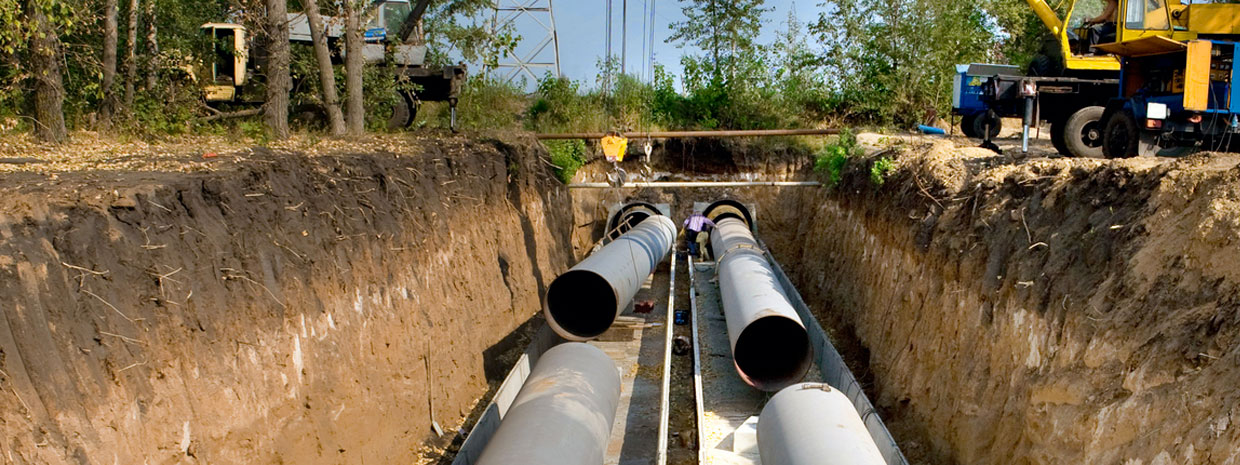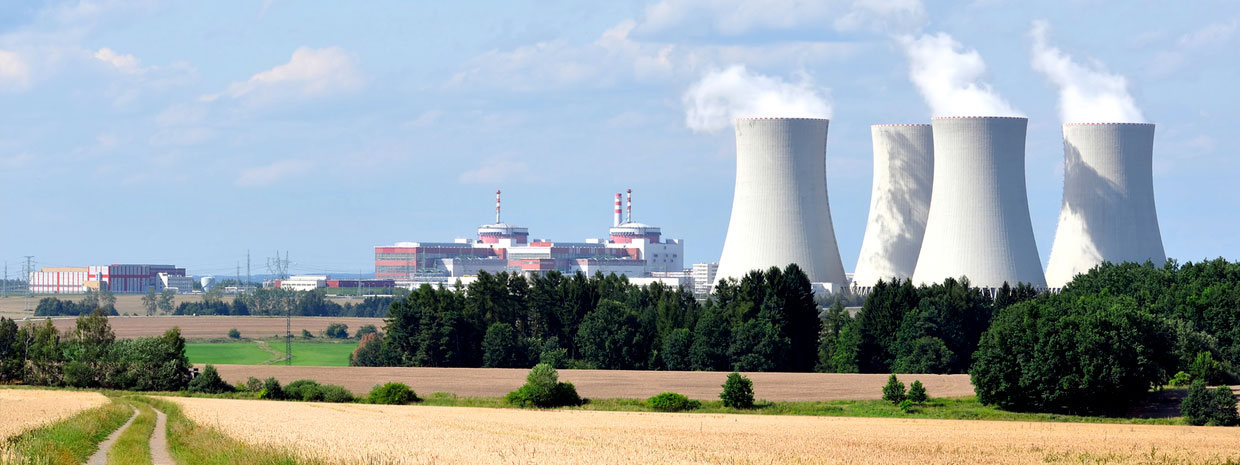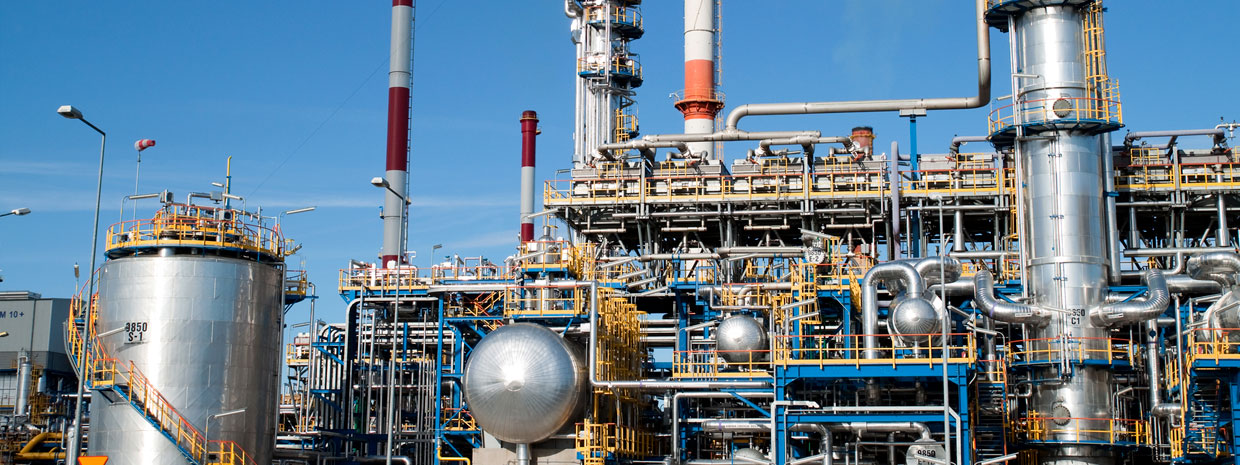Diagnostics of Metallic Piping
For diagnostics of metallic piping, ABEGU uses the EDMET non-destructive method, which has been developed in the R&D department of ABEGU over the past ten years. The main advantage of this method is that it allows the diagnostics of unavailable, buried pipes or pipes embedded in concrete.
The aim of the diagnostics of metallic piping is to find out their current condition and, in case of long-term consecutive monitoring, also the trend of its degradation changes. It makes possible to predict failures and the results of the diagnostics serve as a ground for predictive maintenance.
The measurements utilize electromagnetic principles supplemented by several material tests. On the basis of specific restrictions of the operational conditions, a combination of several different measurement methods is chosen. The advantage of the used methods lies within their ability to measure whole sections from 20 to 100 m long as well as to find out local inhomogeneities (mainly in the case of above ground pipes). Other methods for location of local inhomogeneities at buried pipes are currently being developed. This method is non-destructive and tests can be performed during operation without water (or media) discharge. There are no standards for a diagnostics of this type so far. However, the measuring techniques are based on measuring of voltages, currents and electromagnetic fields, which are accredited in ABEGU Laboratory.
Overview of Activities
- analysis of the average remaining thickness of the pipe wall – for buried and above ground pipes
- diagnostics of buried pipes (laid underground) – one measurement can diagnose a section from 20 to 100 m long
- diagnostics of places with damaged insulation of buried pipes
- diagnostics of above ground pipes – it allows all that diagnostics of buried pipes does, additionally, it also allows detection of local changes
Advantages of the EDMET Method
- universal
- non-destructive
- applicable during operation on interconnected and looping lines
- the method does not require drainage of media from the pipes (not influenced by the transferred media as long as its conductivity is not near to that of metal)
- applicable to pipes of various diameters and wall thickness
- it makes measurement of buried piping possible
- the result is not of local character only – the diagnostics covers pipe length of 20 to 100 m
- it is possible to measure an independent section of a pipe or to compare two sections of the same pipeline with each other
- time efficient (more information from one measurement – complex information)
- modifiable according to the tasks or boundary conditions
- in case of buried pipes, the method allows defect prediction on the basis of test results and mathematical model
- it allows the location of insulation defects
- possibility of continuous monitoring of piping quality
- possibility of data archiving and adding results of measurements by other methods
- possibility to predict the development and the residual lifetime of the piping
Usage of the Method
- water mains and drainages
- chemical plants
- power plants
- heating plants
- companies using cooling water

